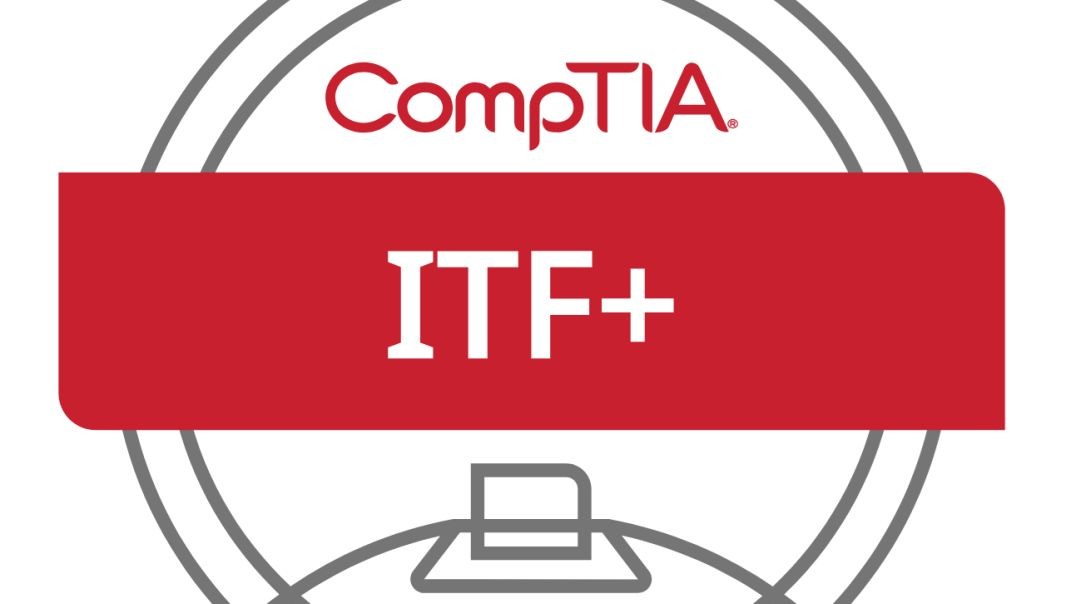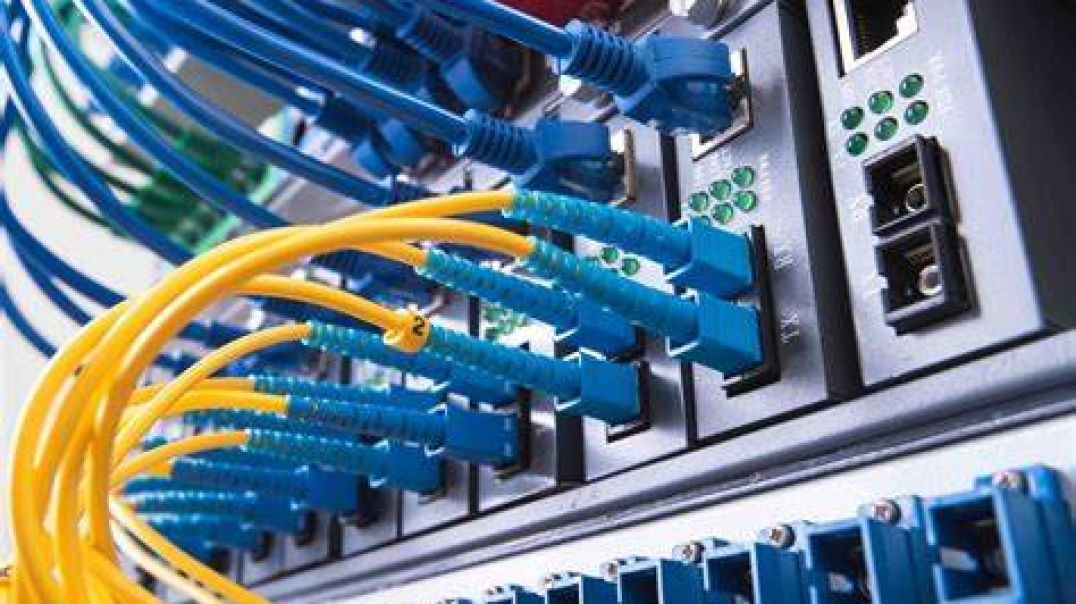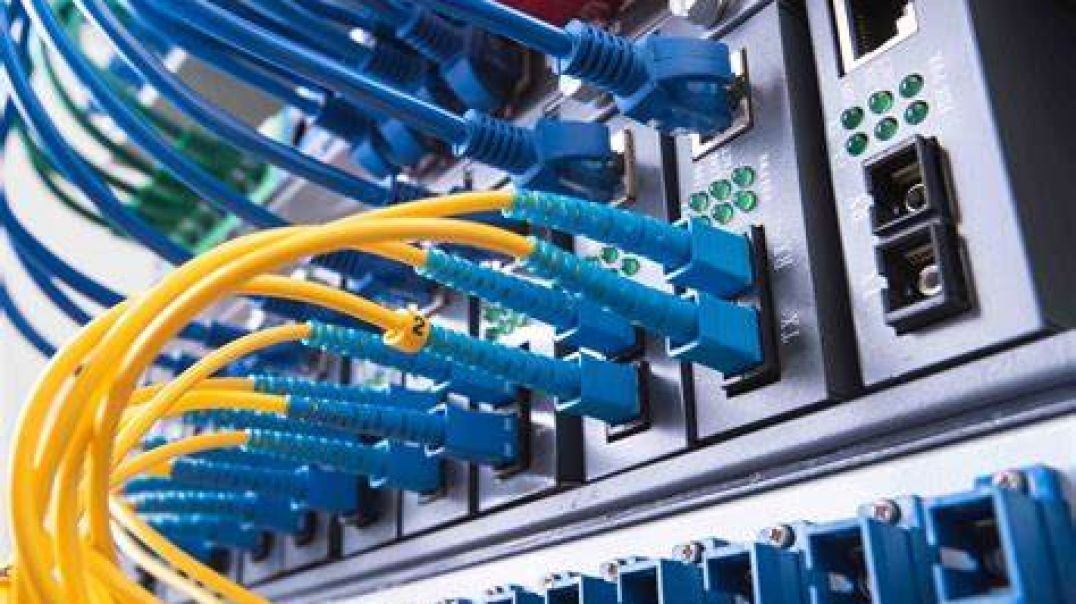Top videos
CompTIA IT Fundamentals+ Course | Module 9 Part 5: Apple macOS
Part 11 of C# .NET Bootcamp: The .NET Documentation
In this lesson, you are going to learn about how to get help from the .NET documentation.
Part 47 of C# .NET Bootcamp: Switch Expression in C#
Part 04 of Computer Networking Fundamentals: Wired Local Area Networks vs. Wireless Local Area Networks
Wired LANs vs Wireless LANs
At the end of this episode, I will be able to:
- Compare and contrast wired and wireless LAN implementations.
Learner Objective: Identify the characteristics and importance of VLANs
Description: In this episode, the learner will be introduced to the basic constructs and characteristics of wired and wireless local area networks.
- Introduction to Network Infrastructure
- Wired LAN
- Devices in this type of LAN are connected using bounded media
- Bounded media types
- Copper - The most prevalent LAN-based network medium used today. This medium uses single or multiple copper conductors to transmited data.
- Fiber - These medium uses an optical light source to transmit data through a concentrated core made of either plastic or glass.
- For devices to communicate, they need to be physically connected via Ethernet switch
- Due to the nature of the physical connections, wired networks can provide a higher level of security than wireless networks
- Wired LANs can have constraints
- Limitation of cabling (distance, electromagnetic interference, damage)
- Building requirements (historical sites, cumbersome installations, proximity to the connectivity device)
- Mobility is challenging
- Wireless LAN
- Devices in this type of LAN connect to the network via radiated energy
- Wireless LAN Types
- Infrastructure mode - In this type of Wireless LAN, a centralized network device called a wireless access point controls all communications on the network.
- Ad-hoc mode - In this type of Wireless LAN there is no centralized connectivity device. The wireless devices communicate directly with each other.
- Wireless LANs have become increasingly more popular due today because:
- Ease of installation
- Reduction of physical cabling
- Mobility
- Simplicity to add devices to network
- Disadvantages
- Communication eminations
- Obstacles and interference
- Network saturation and congestion
- Hybrid LAN
- Most common LAN deployment in modern networks today
- This type of LAN combines both wired and wireless communication
- Wired LAN
- Workstations and servers (these are stationary devices)
- Wireless LAN
- Laptops, tablets, smartphones (these are devices that require mobility)
- Any stationary device that requires a connection, but cabling is not feasible or possible
- Wired LAN
Presentasi Kritik Tari
No plan survives contact with the enemy, which means no matter how well you've constructed your case, you will need to defend it. Fortunately, there are several straightforward elements of a good rebuttal-assessment, organization, and emotional appeal-and Professor Atchison guides you through each element in this lecture.
CompTIA IT Fundamentals+ Course | Module 19 Part 2
Part 18 of C# .NET Bootcamp: Console Input and Output
CompTIA IT Fundamentals+ Course | Module 8 Part 6: Wireless (Wi-Fi) Networks
Part 08 of Computer Networking Fundamentals: Network Topologies
Network Topology
At the end of this episode, I will be able to:
- Compare and contrast network topologies.
Learner Objective: Compare and contrast network topologies.
Description: In this episode, the learner will explore different network topologies such as bus, ring, star, mesh and hybrid network topologies.
- Introduction to Network Infrastructure
- Network Topology - This defines the arrangement of network elements such as nodes, connectivity devices, connections and how these relate to one another as well as the flow of the data. There are two way to depict topologies, physical and logical.
- Physical topology - describes the tangible arrangement and aspects of the network elements.
- Logical topology - describes the flow of the data across a network's elements.
- Types
- Bus - a topology in which all devices on the network are connected to a central network media (bus) such as coaxial cabling. This type of topology has been phased out due to performance and scalability issues.
- Ring - a topology in which all devices are connected to a network media with and upstream and downstream "neighbor" forming a circle. In LAN-based communications, ring-based topologies have been phased out (Token Ring, Fiber Distributed Data Interface or FDDI), however in WAN-based technologies they are still used (SONET).
- Star - a common topology in modern networks in which all devices are connected to a centralized device forming a star pattern.
- Mesh - a complex network topology in which all devices have multiple connections to every other device. This topology is very resilient to connection failures.
- Hybrid - a topology that combines characteristics of more than one of the other topologies.
- Network Topology - This defines the arrangement of network elements such as nodes, connectivity devices, connections and how these relate to one another as well as the flow of the data. There are two way to depict topologies, physical and logical.
Module 3 Part 3: Cloud Computing and Virtualization
Part 55 of C# .NET Bootcamp: ArrayList
CompTIA IT Fundamentals+ Course | Module 17 Part 1: Cybersecurity Fundamentals
OSN-K Informatika 2024
CompTIA IT Fundamentals+ Course | Module 9 Part 1: Operating Systems
Debate gives you an honest assessment of an idea, and is therefore a powerful decision-making tool. Here, Professor Atchison walks you through the structure of a formal debate and explores when debate can help you the most. As you will learn, big and future-oriented decisions are ripe for formal discussion.
Explore two major forms of Japanese theater: Noh (the high classical form) and Kabuki (the more popular form). In looking at two important theatrical works - Atsumori, rich in lofty ideals and elegant aesthetics, and The Scarlet Princess of Edo, full of crude decadence and mayhem - you'll uncover what these traditions share, and what they make their own.
Discover how Egyptian views of death and tombs changed with the kingdom's occupation by—and eventual expulsion of—the Hyksos, including an examination of how the stark differences between the Egyptian and Mesopotamian environments may have influenced their visions of the afterlife.
CompTIA IT Fundamentals+ Course | Module 11 Part 1: File Systems and Features
As a truly international, intercultural, interracial, and even intercontinental era, great travelers abound. Here, you will meet the Moroccan wayfarer Ibn Battuta and trace his journey across Northern Africa and the Middle East in the century after the Mongol sack of Baghdad. Gain new insights into the era-including whether it ever truly come to an end.














